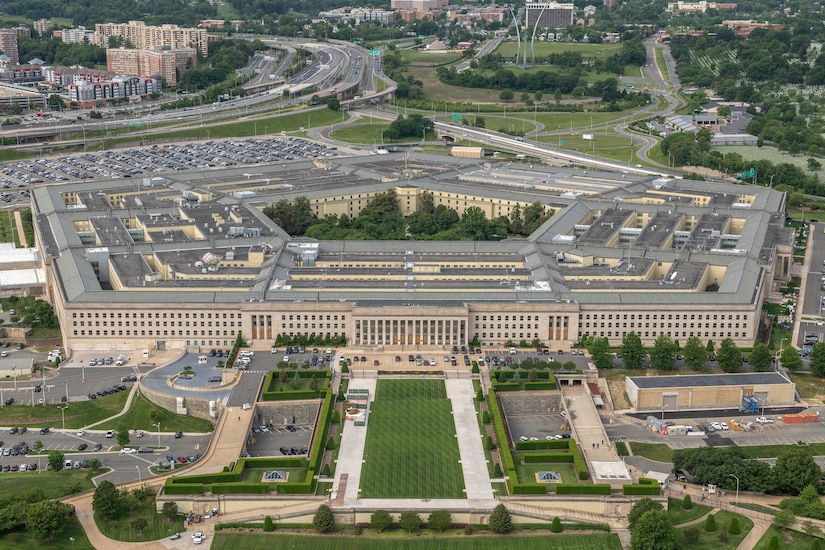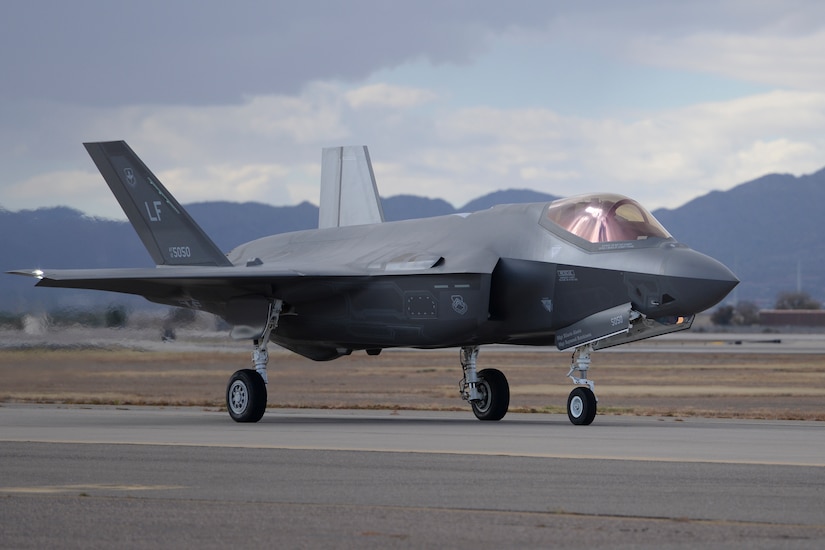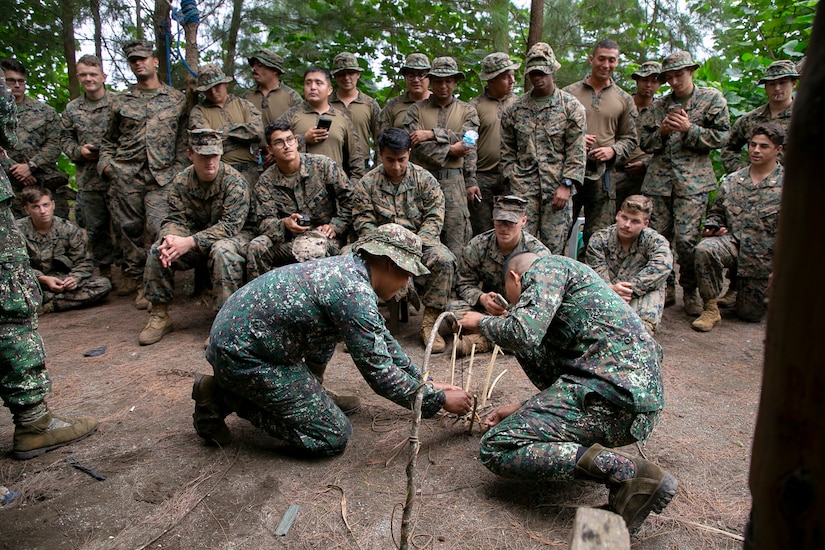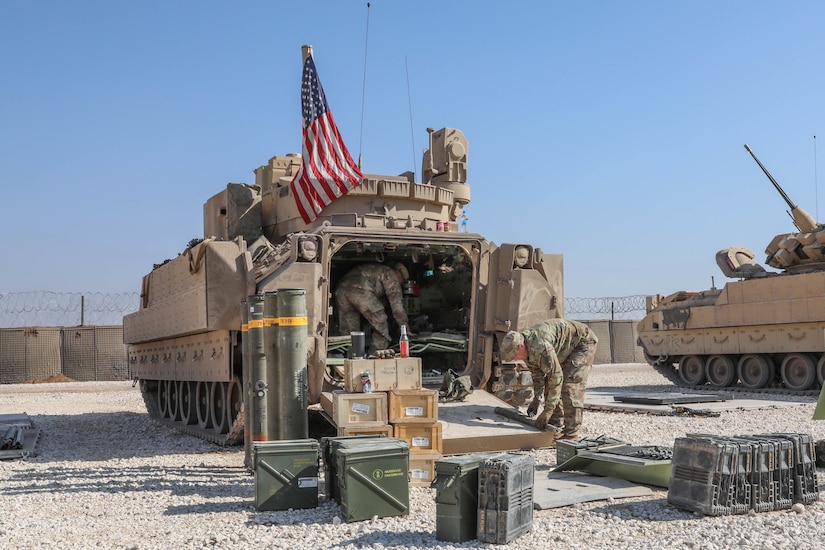[ad_1]
While last month’s Supreme Court opinion in Dobbs v. Jackson Women’s Health Organization means each state now makes its own laws regarding abortion services, the health care that the Defense Department provides to service members has not changed, the undersecretary of defense for personnel and readiness said.
“Service members can receive the same reproductive health care after Dobbs as they did before the ruling,” Gil Cisneros testified today before the House Armed Services Committee. “Consistent with long-existing federal law, ‘covered abortions’ — those cases that involve rape, incest or where the life of the mother would be endangered — will continue to be authorized to use federal funds and facilities. There is no interruption to this care.”
Travel policies related to health care also remain, Cisneros said. If a service member must travel to obtain a covered abortion, she may do so on official status and will not be charged leave.
While the department will continue to be able to provide to service members the same level of health care it has always provided, Cisneros said the department is aware that the Dobbs decision will change available options for some service members when it comes to abortions that are not covered under department policy. Based on laws that may be in effect in the state where a service member is stationed, abortion services may not be available.
“Service members are now having to navigate additional challenges to access essential women’s health care services,” he said. “Service members and their families, who were previously able to make very personal decisions about when to have a family, may now face greater burdens depending on where they’re stationed.”
Cisneros told lawmakers that the DOD continues to review its personnel and medical polices as a result of the Dobbs decision.
“We understand the very personal nature of how the court decision impacts families,” he said. “We are being very deliberate in analyzing Dobbs with both focus and compassion. We want to make sure we get this right because it impacts access to essential women’s health care and reproductive care.”
Another aspect of reproductive health care that lawmakers were interested in concerned the availability of contraception within the military health care system. Seileen Mullen, the acting secretary of defense for health affairs, testified that until recently DOD had contraceptive clinics set up at 18 military treatment facilities across the department. Now, she said, the plan is to have those clinics at all military treatment facilities across the department.
“We have expanded where we have military treatment contraceptive clinics — walk-in clinics,” she said. “A woman or man could come up, get counseling, and decide what contraceptives they need that day.”
Cisneros said the department is changing policy on one form of contraception in particular — the intrauterine device, or IUD — to make it available to more service members.
“We are currently updating our policies so that service members and their families will be able to receive those IUDs through the TRICARE health care system without having to pay a copay, which is currently the thing right now,” he said. “We’re changing our policy, updating it, so that the copay will be eliminated with that.”
Mullen also told lawmakers that the department will soon release results of a survey on women’s reproductive health conducted by the RAND Corporation, which reveals a lack of knowledge among service members regarding contraceptive options.
“It’s the first time that has been done in 30 years,” Mullen said. “It’s given us quite a bit of information … includ[ing that there’s] a lack of education about women’s options around contraceptives, which are free in our MTFs. All active-duty service members get free contraceptives within the MTFs and in our retail pharmacies.”
Right now, Mullen said, there is a small copay for active-duty service members to get contraceptives, but congressional legislation might change that — making contraception totally free to service members and their families.
“We also … have an app called ‘Decide and Be Ready’ that men and women can use to go through their contraceptive options to decide what’s best for them,” she said. “We also have those walk-in clinics that are … being expanded this year, as well. But … it’s sort of astonishing how our young men and women really don’t fully know of what their reproductive rights and health care consists of, and we need to do a better job.”
[ad_2]
Source link







